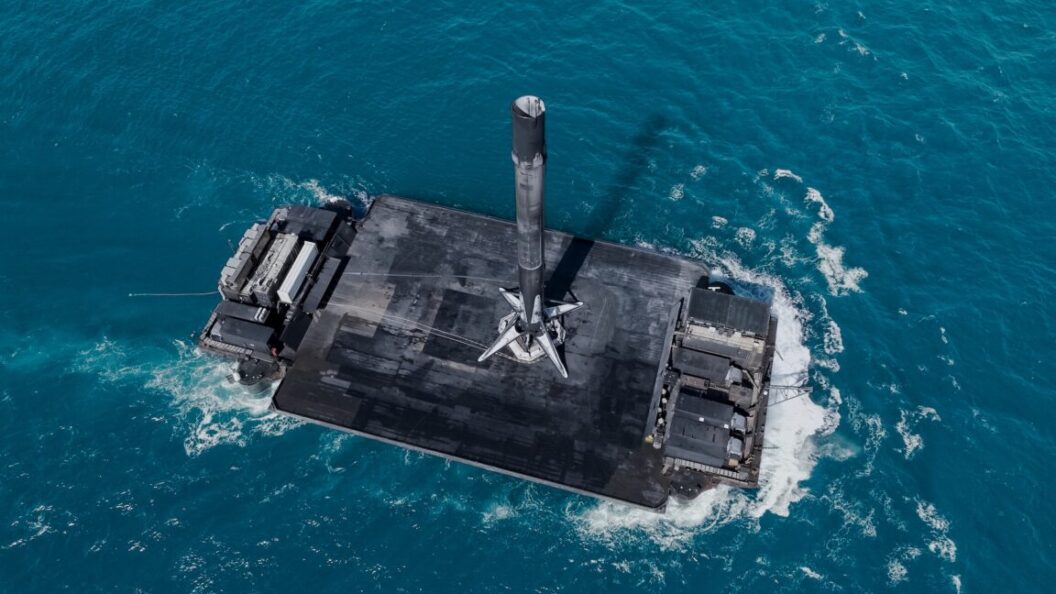Global Space Developments: India, China, and SpaceX Updates
The landscape of space exploration is rapidly evolving, with major developments emerging from India, China, and the United States. As nations ramp up their ambitions in space, Indian Prime Minister Narendra Modi has set an audacious target of sending an astronaut to the Moon by 2040. Concurrently, China has recently launched a new rocket to bolster its satellite capabilities while SpaceX gears up for another test flight of its Starship vehicle following a previous explosion.
India’s Lunar Ambitions
Indian Prime Minister Narendra Modi’s directive to the Indian Space Research Organisation (ISRO) reflects a growing ambition in the nation’s space program. Following a series of successful missions, Modi has tasked ISRO with developing the necessary infrastructure and technology to send an astronaut to the Moon within the next two decades. This announcement follows India’s landmark achievement on January 16, when it successfully docked two satellites in orbit, making India only the fourth nation globally to accomplish such a feat after the United States, Russia, and China.
The development emphasizes India’s growing capabilities and intentions to compete in the global arena of space exploration. As plans for the lunar mission take shape, the engineering teams at ISRO are in the early stages of outlining the architecture required to achieve this ambitious goal.
China’s Long March 8A Rocket Launch
China has intensified its strategic positioning in space with the launch of the Long March 8A rocket on February 11. This rocket successfully transported a second batch of satellites for the Guowang project, aimed at establishing a broadband megaconstellation, which parallels efforts made by Elon Musk’s Starlink program. The launch occurred from the Wenchang launch base in southern China and marked another significant stride in enhancing China’s satellite capabilities.
The Long March 8A is an upgraded variant of the original Long March 8 that debuted in December 2020. While it retains many features from its predecessor, it includes improvements such as a redesigned second stage and a larger payload fairing. The rocket is capable of carrying approximately 7,000 kilograms (15,400 pounds) into a Sun-synchronous orbit. However, China has been somewhat opaque about the design and characteristics of the Guowang satellites, sparking concerns regarding transparency and implications for international space policy.
SpaceX Prepares for Starship Flight Test
In the United States, SpaceX is on the verge of conducting the eighth test flight of its Starship vehicle, potentially as early as February 26. This follows a prior test in which the massive rocket faced a catastrophic failure shortly after launch, resulting in an explosion that rained debris across several Caribbean islands. Despite the setback, the company has been optimistic about its prospects moving forward and has confirmed that the next launch is plausible, although slightly revised timelines could push the date to early March.
Regulatory updates from the Federal Aviation Administration have provided guidance on the timeline for the test, and if successful, this flight could provide crucial data needed to refine Starship’s design and operations for future missions, including ambitious plans for lunar and Martian exploration.
Conclusion
The competitive dynamics of space exploration are clearer than ever, with prominent nations and private entities investing in technology and infrastructure to advance their goals. India’s aspiration to send an astronaut to the Moon by 2040, China’s strides in satellite technology with its Long March 8A rocket, and SpaceX’s continued commitment to perfecting its Starship vehicle signify a period of rapidly evolving capabilities in space.
As these entities push the boundaries of what is technologically possible, the ramifications could extend beyond mere exploration. The development of satellite mega-constellations raises questions about communication, surveillance, and international cooperation in space. Moreover, the drive for lunar missions could reinvigorate discussions about the governance of outer space activities and the need for regulatory frameworks to ensure sustainable and peaceful use of this final frontier.









